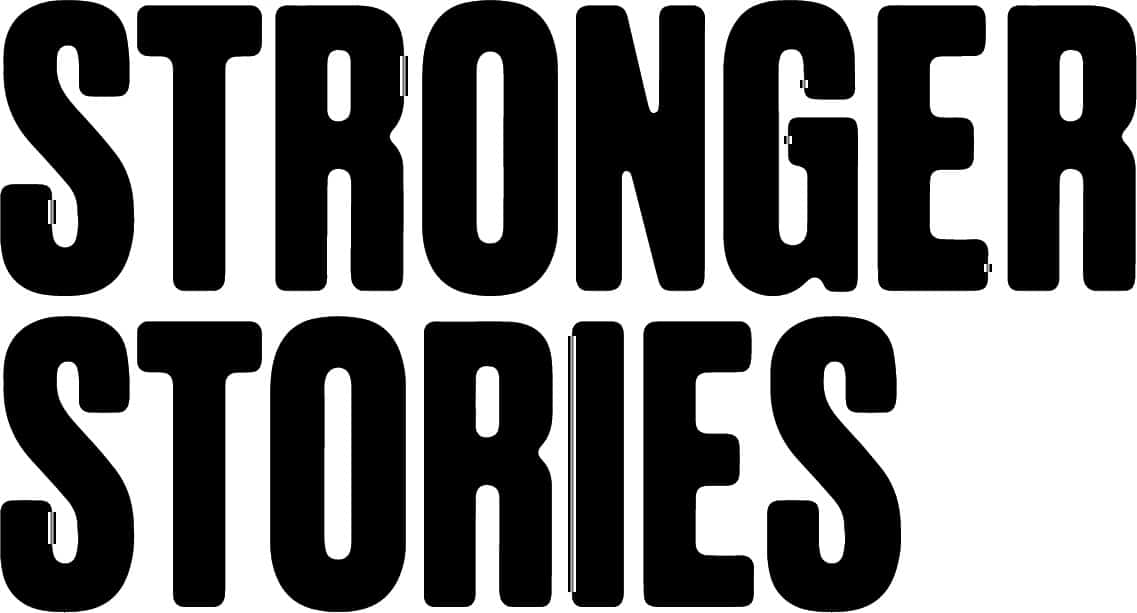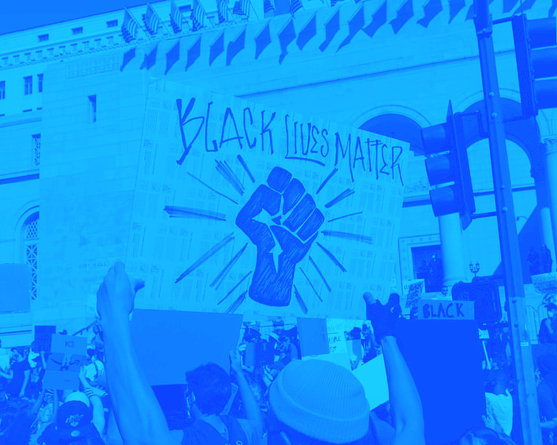
The Power of Visual Vocabulary: The Story Behind Three Iconic Symbols
- Written by Alicia Waddington-Azambuja
“Symbols are powerful because they are the visible signs of invisible realities.”
Saint Augustine
Humanity has used visuals to support communication from the moment we could, well, communicate. We gesticulate, we demonstrate, we describe, and we symbolise. Deeply rooted in our collective psyche, symbols have a particular potential to help us understand a concept quickly, and powerfully. After all, a picture tells a thousand words.
When many people can see the same collection of two-dimensional lines, and understand the same thing, there’s something that connects them—they’ve become a group. Through this collective experience, humans gain culture, participate in traditions and thus, form tribes.
Throughout history, symbols have helped humans make sense of the world, and some have stood the test of time, without their meaning being diluted across the generations.
We’re going to look at three compelling symbols, revealing why they work so well – their visual storytelling power. Read on to find out what we can learn from visual storytelling, past and present, that has won support and created change.
1. The Pink Triangle
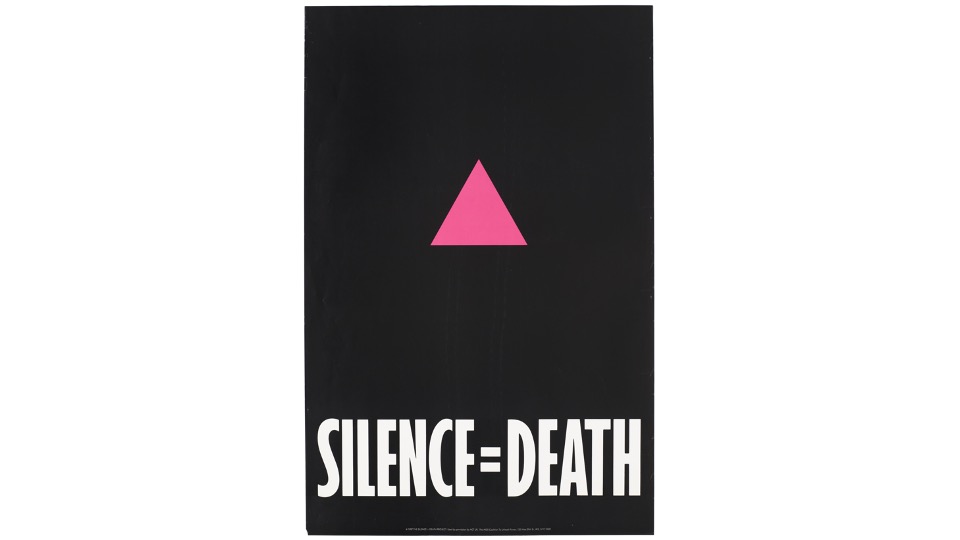
“The poster had two primary objectives…to create an organising space within the queer community about the politics of AIDS, but to also simultaneously imply that we already were organised.”
Avram Finklestein, Artist and Activist, Creator of the Silence = Death Poster
The movement for gay rights’ Pink Triangle is a story of symbolic reclamation. The symbol was used by the Nazis during WW2 to identify people, such as homosexuals, considered to be ‘sexual deviants’. Its rebirth came decades later, when ACT UP used the triangle in its iconic “Silence = Death” poster protesting the discrimination and homophobia during the AIDS epidemic. Over time, the symbol has held meaning for the wider LGBTQ+ community as a symbol of memory, honour and a continued fight for rights. The pink triangle has come to represent reversal, protest, and reclamation by those it was once used to silence.
2. Extinction Rebellion
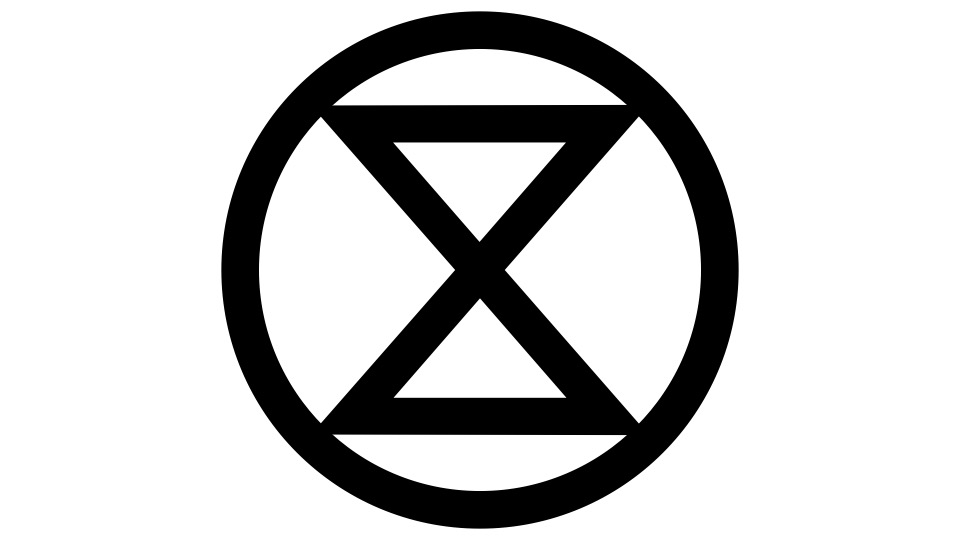
“At the start of 2011 I was just randomly sketching designs and as soon as I drew the symbol I knew what it was.”
ESP, Protest Artist, Creator of Extinction Rebellion’s Symbol
Similarly to the Pink Triangle, Extinction Rebellion’s (XR) iconography leans on symbols of the past whilst adding a new and distinct message. XR’s iconic, and now ubiquitous, hourglass is simple yet striking with its inspiration drawn from the Peace sign purposefully apparent.
Fittingly, the circle enclosing two opposing triangles represents our planet, while the triangular hourglass screams that time is running out. The design is an ecological symbol of peaceful resistance against the destruction of the planet. Successful symbols throughout history were able to cut through complexity and XR’s visual vocabulary does just that. By representing their villain – extinction – the design of the hourglass is reminiscent of hazard warning symbols, clearly communicating that time is running out and we will become extinct unless bold action is taken now.
3. The Raised Fist
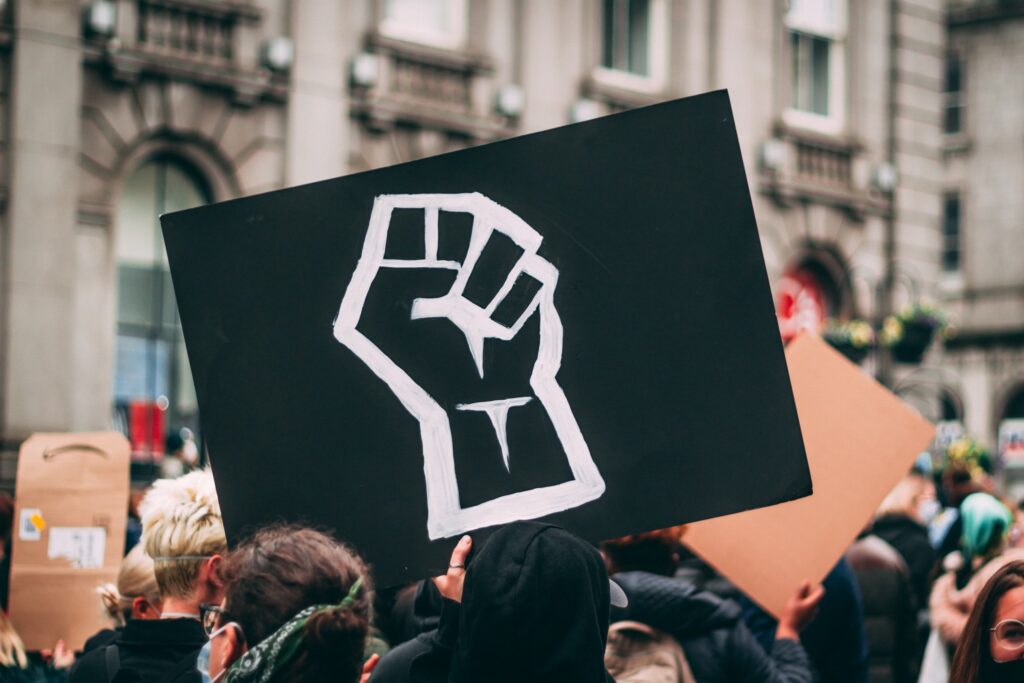
“Every finger by itself has no force,” he said, lifting his sizable hand to the crowd. “Now look,” he said, closing his fingers into a fist. “See that, that’s the Industrial Workers of the World.”
‘Big Bill’ Patterson, American Labor Protestor, 1913
The raised fist is maybe the most iconic symbol of solidarity, the design, created in the 1960s by Frank Cierciorka, is a global symbol of the fight against oppression. In the 20th century, the symbol was widely associated with Black power, the Black Panther Party and the fight against systemic racism. The symbol reached a global audience when American sprinters Tommie Smith and John Carlos stood with raised fists on the podium at the 1968 Olympics in salute of Black Power. It is still being used as a symbol of racial inequalities today, as seen with the Black Lives Matter movement. The symbol has also been re-imagined to represent gender inequalities with the 2017 feminist depiction of the symbol, the ‘Femme Fists’.
So, what have these three symbols revealed about the power of visual storytelling?
As we can see, symbols help create belonging. The most influential of these symbols are built upon a shared past and co-owned by future communities, continuously being reinvented to suit current needs. Their power lies in making the complex simple and acting as visual shortcuts towards shared understanding. When symbols are at their best, they create solidarity, hope, and connection.
Share:
Grow Your Good Idea Faster
New ideas are precious. Win support by learning how to create and tell a stronger story – join our Lean Story School for free.
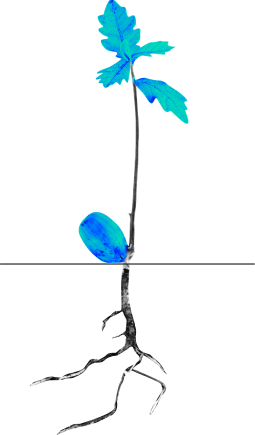
Related posts
10 Years of Clean+Cool and We Still Need Better Stories
It’s ten years since we launched Clean+Cool with Innovate UK in 2010 and during that time a lot has changed for...
Origin Stories: Why you need to uncover yours
Crafting your origin story and communicating it to others can boost the success of any personal or professional...
How Elon’s Storytelling Can Help Grow Your Good Idea
The power of simplicity, inclusivity and consistency in storytelling. Like him or not, Elon Musk has an unparalleled...
Learn from the strongest stories about change
Sign up here to receive our monthly newsletter that explores great storytelling about brilliant ideas. Don’t worry you can unsubscribe at any time.
We’re working hard to walk the talk.
We’re proud to have been awarded The Blueprint and B Corp status in recognition of our work towards creating a better world.

